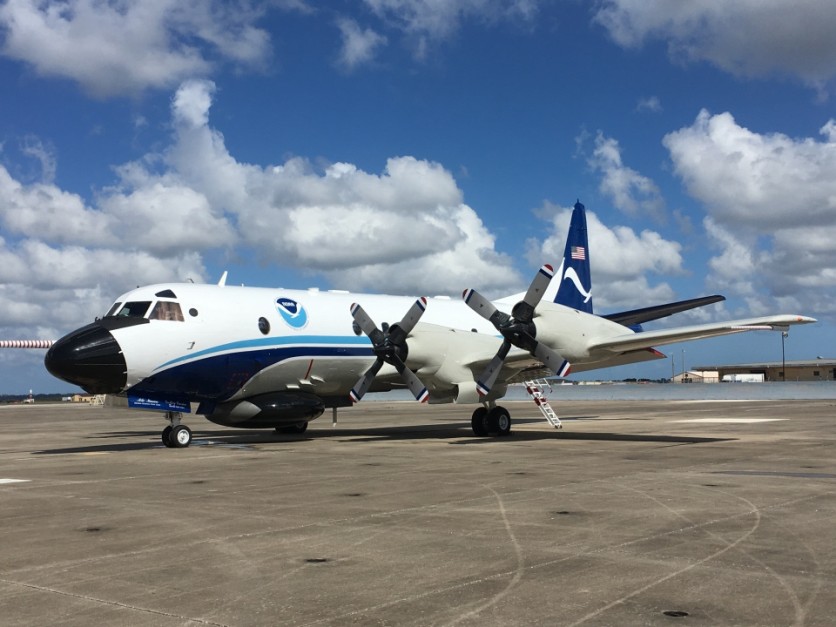The National Oceanic and Atmospheric Administration (NOAA) has made history this week by deploying the first ALTIUS-600 drone to ever fly into a hurricane, according to a report by The War Zone on Thursday, Sept. 27.
The NOAA WP-3D Orion, also known as Kermit, was responsible for launching the drone.

Roughest Flight
Extreme turbulence on board the flight caused severe motion sickness in many passengers. The incident, according to NOAA Hurricane Hunter Nick Underwood, was the "roughest flight" of his career so far.
Joe Cione, the Lead Meteorologist for New Technologies at NOAA's Atlantic Oceanographic & Meteorological Laboratory, told The War Zone that the team was "slammed pretty hard" during the operation.
He went on to say that Nick Liccini and Patrick Sosa, the two AREA-I employees on board the ALTIUS-600 aircraft were "real heroes" since both of them were not feeling well during the flight, but they still managed to get their job done.
Liccini and Sosa had to complete the challenging task of directing the ALTIUS-600 drone directly into Hurricane Ian's eye in order to gather the information required to follow the storm.
"We managed to launch the drone and babysat it for a few minutes so it could get its bearings. And we did all that under conditions where we had just some very severe turbulence," Cione said in a statement.
Two hours after launch, the ALTIUS-600 kept flying, providing vital information that Kermit was unable to provide. Fortunately, Kermit's crew and passengers could stay in touch with the drone at a distance of 125 nautical miles.
Read also : Different Carriers Provide Free Access to Networks and Unlimited Data as Response to Hurricane Ian
All About the ALTIUS-600
According to the company's website, the ALTIUS-600 is a member of the ALTIUS family of autonomous tube-launched drones, also known as Air Launched Effects, that are accessible on-demand and operational within minutes.
Cione said that his NOAA team collaborated with AREA-I to develop a drone that can operate at altitudes that are normally too unsafe for manned aircraft and fly "very, very low, a couple of hundred feet" off the ground.
Cione added that the drone's participation in Ian's data gathering mission demonstrated the effectiveness of the project since, other than a few directional instructions, the ALTIUS-600 continued to operate on its own ever after Kermit left the hurricane's eye.
Three hurricane-hunting aircraft are also controlled by NOAA at its Aircraft Operations Center in Lakeland, Florida: these are the two WP-3D Orions and a Gulfstream IV-SP.
This article is owned by Tech Times
Written by Joaquin Victor Tacla
![Apple Watch Series 10 [GPS 42mm]](https://d.techtimes.com/en/full/453899/apple-watch-series-10-gps-42mm.jpg?w=184&h=103&f=9fb3c2ea2db928c663d1d2eadbcb3e52)



